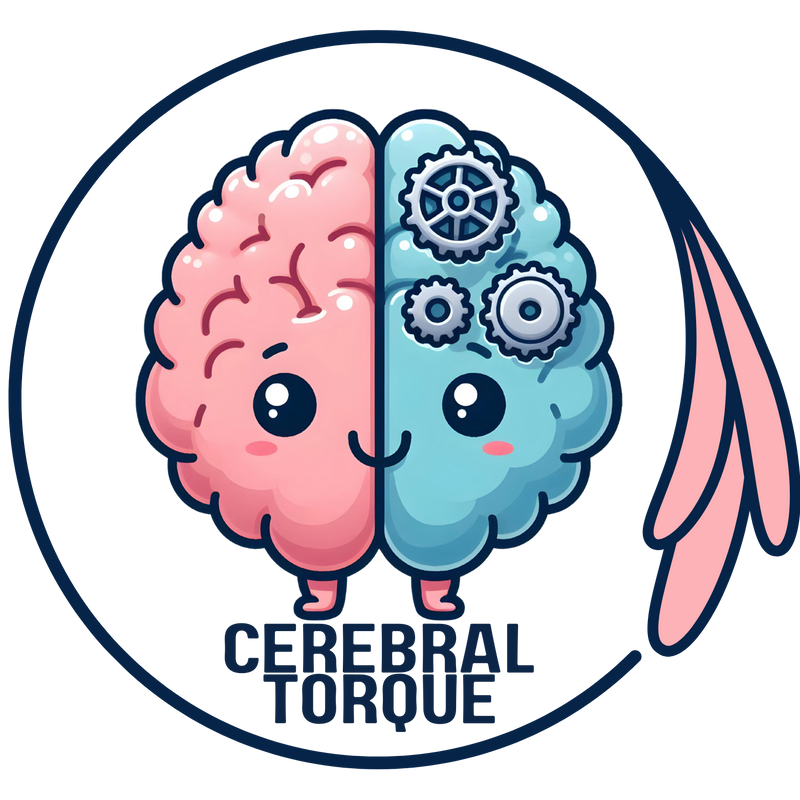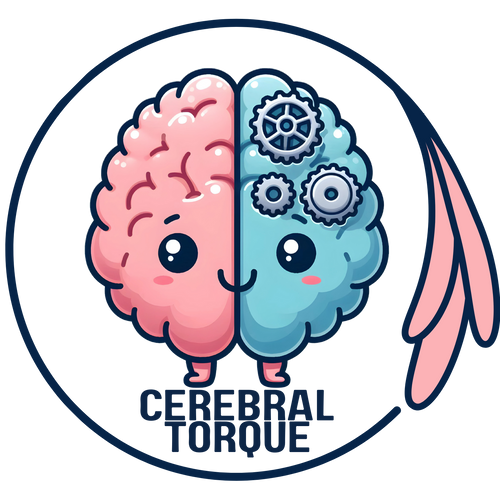Subclinical Hypothyroidism and Migraine: Treatment Shows Decrease in Migraine Frequency and Severity
Posted on May 07 2025,
Subclinical Hypothyroidism and Migraine
Overview
Migraine disorder is a common neurological condition affecting millions worldwide, while subclinical hypothyroidism is a mild thyroid disorder that often goes undetected. Recent research published in BMC Neurology reveals an important connection between these two conditions and suggests that treating subclinical hypothyroidism may help reduce migraine frequency and severity.
Quick Summary of Findings
- There is a significant association between subclinical hypothyroidism and migraine disorders
- Treatment with low-dose levothyroxine appears to reduce migraine frequency and severity in patients with both conditions
- Patients with chronic migraine are more likely to have subclinical hypothyroidism than those with episodic migraine
- Routine thyroid screening is recommended for patients with migraine
- Adherence to levothyroxine regimens can improve migraine symptoms and quality of life
Understanding Subclinical Hypothyroidism
What is subclinical hypothyroidism?
Subclinical hypothyroidism (SCH) is a mild form of thyroid dysfunction defined by elevated thyroid-stimulating hormone (TSH) levels alongside normal free thyroxine (T4) and triiodothyronine (T3) levels. Unlike overt hypothyroidism, SCH often has no obvious symptoms, making it difficult to detect without blood tests. The prevalence ranges from 3-10% in the general population and can be as high as 18-20% in elderly patients.
Epidemiology
In the United States NHANES III survey, 4.3% of 16,533 people had subclinical hypothyroidism (excluding those with known thyroid disease). The prevalence rises with age, is higher in females than males, and is lower in Black persons than in White persons. The prevalence may be lower than previously thought when using age-specific TSH reference ranges, as TSH normally rises with age.
Etiology (Causes)
The causes of subclinical hypothyroidism are the same as those of overt hypothyroidism:
- Chronic autoimmune (Hashimoto's) thyroiditis - most common cause
- Persistent TSH increase following thyroiditis (subacute, postpartum, painless)
- Thyroid injury (partial thyroidectomy, radioactive iodine therapy, radiation)
- Medications (iodine-containing drugs, lithium, interferon alfa, etc.)
- Inadequate replacement therapy for overt hypothyroidism
- Thyroid infiltration (amyloidosis, sarcoidosis, etc.)
The thyroid system works like a thermostat: when thyroid hormone levels drop, the pituitary gland increases TSH production to stimulate the thyroid. In subclinical hypothyroidism, the pituitary is working harder (producing more TSH) to maintain normal thyroid hormone levels, indicating early thyroid dysfunction.
Clinical Findings
Most patients with subclinical hypothyroidism have serum TSH levels less than 10 mU/L and are asymptomatic. Some patients may have vague, nonspecific symptoms suggestive of hypothyroidism, such as fatigue and constipation, but attempts to identify patients clinically have not been successful.
Older patients (over 65) with subclinical hypothyroidism appear to be particularly asymptomatic, although many euthyroid older individuals also have symptoms that might be construed as being related to hypothyroidism (dry skin, constipation, low energy).
| Feature | Subclinical Hypothyroidism | Overt Hypothyroidism |
|---|---|---|
| TSH levels | Elevated | Elevated |
| Free T4 levels | Normal | Below normal |
| Symptoms | Usually absent or mild | Typically present and more pronounced |
| Clinical diagnosis | Not possible (requires lab testing) | Often possible based on symptoms |
| Treatment approach | Controversial, depends on TSH level and age | Generally required |
Consequences of Untreated Subclinical Hypothyroidism
- Progression to overt hypothyroidism: 2-4% annual rate (33-55% over 10-20 years)
- Cardiovascular disease: Possible increased risk, particularly with TSH >10 mU/L
- Lipid abnormalities: Possible mild cholesterol elevations
- Reproductive abnormalities: Potential association with infertility
- Metabolic dysfunction–associated steatotic liver disease (MASLD): Higher prevalence of steatohepatitis and fibrosis
- Neuropsychiatric symptoms: Mixed evidence for association with depression and cognitive dysfunction
- Migraine: Increased frequency and severity of migraine headaches
The Migraine-Thyroid Connection
The relationship between migraine and subclinical hypothyroidism has been gaining attention in recent years. This systematic review and meta-analysis examined four studies involving over 322,000 participants to better understand this connection.
Migraine Types
- Episodic Migraine: Headaches occurring less than 15 days per month
- Chronic Migraine: Headaches occurring 15 or more days per month, with migraine features present at least 8 of those days
"Treatment with levothyroxine significantly decreased headache frequency and severity compared to the placebo group at three months of follow-up. Additionally, the treatment significantly decreased the MIDAS score, indicating a significant improvement in headache management."
Treatment Benefits
The research suggests that treating subclinical hypothyroidism with low-dose levothyroxine may help reduce migraine symptoms. In one randomized controlled trial, patients received 25 mg of levothyroxine supplementation for three months.
Key Benefits of Levothyroxine Treatment
- Significant decrease in headache frequency
- Reduction in headache severity
- Improvement in MIDAS scores (Migraine Disability Assessment)
- Fewer comorbid conditions such as depression and diabetes
- Overall improvement in quality of life
Treatment Recommendations Based on TSH Level
Arguments For and Against Treatment
| Arguments For Treatment | Arguments Against Treatment |
|---|---|
| Prevention of progression to overt hypothyroidism | Cost of medication and monitoring |
| Possible amelioration of nonspecific symptoms | Lifelong commitment to daily medication in asymptomatic patients |
| Potential reduction in cardiovascular risk factors | Risk of overtreatment and inducing hyperthyroidism symptoms |
| Improved migraine management | Possible exacerbation of cardiac conditions in susceptible patients |
| Possible improvement in fertility outcomes | Limited evidence from randomized trials, particularly in older patients |
Age is an important consideration when deciding on treatment. In older adults (>65-70 years), the upper limit of normal TSH may naturally be higher (6-8 mU/L), and treatment has shown less benefit. In contrast, younger patients, especially those with higher TSH values or migraine disease, may benefit more from treatment.
What This Means For You
If you have migraine, especially chronic migraine, these findings may have important implications for your care:
Practical Implications
- Consider asking your healthcare provider about thyroid function testing if you have migraine
- If you have been diagnosed with both conditions, discuss the potential benefits of levothyroxine treatment
- Adhere to your prescribed treatment regimen to maximize benefits
- Be aware that improvement may take several months to become apparent
- Continue your regular migraine management alongside thyroid treatment
"The study highlights the importance of thyroid screening in migraine management, due to the link between hypothyroidism and migraines. It recommends routine thyroid function assessments for migraine patients and suggests personalized treatment approaches. Early intervention can minimize migraine episodes and improve quality of life."
Monitoring
For patients with subclinical hypothyroidism who do not receive thyroid hormone replacement, thyroid function tests (TSH, free T4) should be repeated initially at six months and, if stable, yearly thereafter.
For those receiving levothyroxine treatment, the goal is to reduce the TSH concentration into the normal reference range. For younger patients, a target TSH of 0.5 to 2.5 mU/L is often recommended. For older patients (≥65-70 years), a target TSH of 3 to 6 mU/L is more appropriate to avoid overtreatment.
Future Research
While the findings are promising, the researchers emphasize that more studies are needed to fully understand the relationship between subclinical hypothyroidism and migraine. Future research should focus on:
Based on: Alokley A, ALNasser MN, Alabdulqader RA, Aljohni FA, Alqadhib DH, Aljuaid RK, Ali MAS, Hanbazazah SS, Almaqhawi A. (2025). Effectiveness of low dose thyroxine in patients with subclinical hypothyroidism and migraine; systematic review and meta-analysis. BMC Neurology, 25:198. DOI: 10.1186/s12883-025-04214-4
Read the Full StudyMon, Nov 17, 25
Migraine Research - During the week of my absence.
Migraine Research - During the week of my absence. The Association Between Insomnia and Migraine Disability and Quality of Life This study examined how insomnia severity relates to migraine disability...
Read MoreSat, Nov 01, 25
Anti-CGRP Monoclonal Antibody Migraine Treatment: Super-Responders and Absolute Responders and When to Expect Results
Anti-CGRP monoclonal antibodies achieved 70% super-response and 23% complete migraine freedom in a one-year study. Most dramatic improvements occurred after 6 months of treatment. For patients with chronic or high-frequency...
Read MoreAll Non-Invasive Neuromodulation Devices for Migraine Treatment
Wondering if migraine devices actually work? This guide breaks down the latest evidence on non-invasive neuromodulation devices like Cefaly, Nerivio, and gammaCore. Learn which devices have solid research backing them,...
Read More



